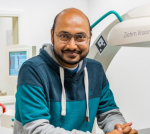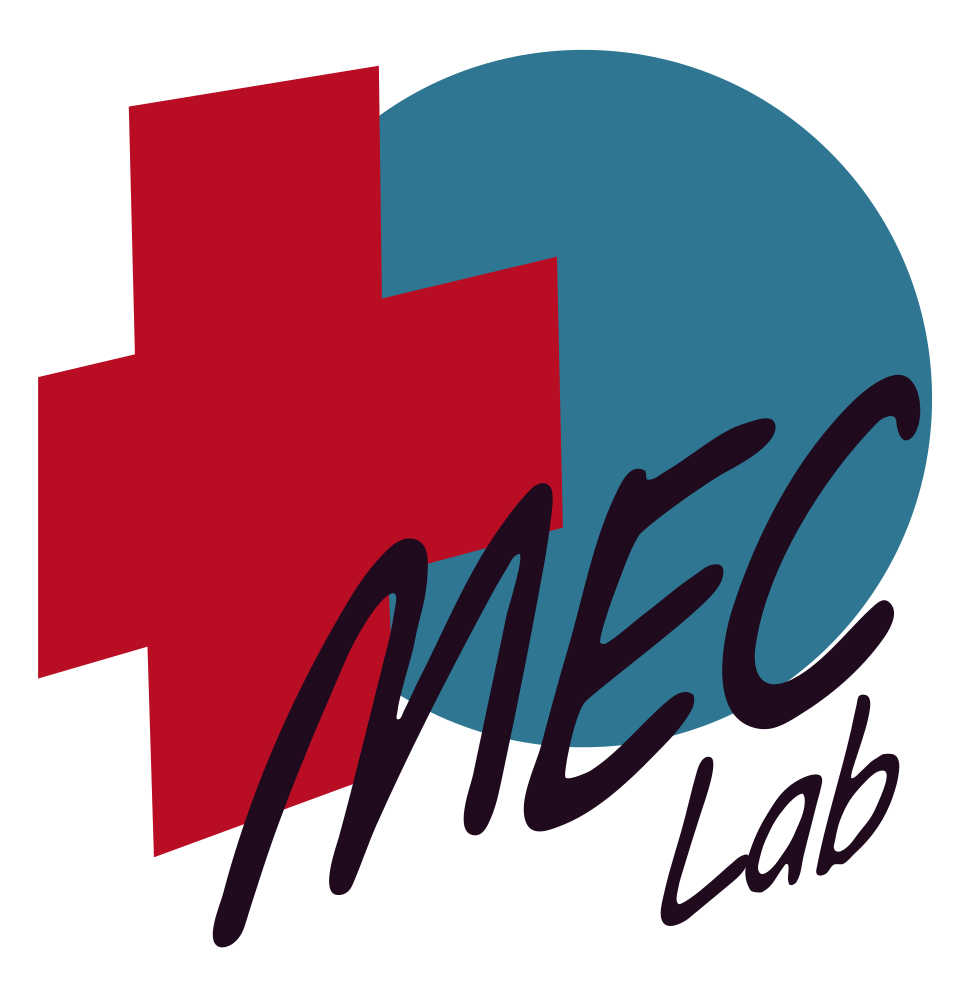Sitemap
A list of all the posts and pages found on the site. For you robots out there is an XML version available for digesting as well.
Pages
Posts
Future Blog Post
Published:
This post will show up by default. To disable scheduling of future posts, edit config.yml and set future: false.
Blog Post number 4
Published:
This is a sample blog post. Lorem ipsum I can’t remember the rest of lorem ipsum and don’t have an internet connection right now. Testing testing testing this blog post. Blog posts are cool.
Blog Post number 3
Published:
This is a sample blog post. Lorem ipsum I can’t remember the rest of lorem ipsum and don’t have an internet connection right now. Testing testing testing this blog post. Blog posts are cool.
Blog Post number 2
Published:
This is a sample blog post. Lorem ipsum I can’t remember the rest of lorem ipsum and don’t have an internet connection right now. Testing testing testing this blog post. Blog posts are cool.
Blog Post number 1
Published:
This is a sample blog post. Lorem ipsum I can’t remember the rest of lorem ipsum and don’t have an internet connection right now. Testing testing testing this blog post. Blog posts are cool.
portfolio
Portfolio item number 1
Short description of portfolio item number 1
Portfolio item number 2
Short description of portfolio item number 2 
publications
Paper Title Number 1
Published in Journal 1, 2009
This paper is about the number 1. The number 2 is left for future work.
Recommended citation: Your Name, You. (2009). "Paper Title Number 1." Journal 1. 1(1).
Download Paper | Download Slides
Paper Title Number 2
Published in Journal 1, 2010
This paper is about the number 2. The number 3 is left for future work.
Recommended citation: Your Name, You. (2010). "Paper Title Number 2." Journal 1. 1(2).
Download Paper | Download Slides
Paper Title Number 3
Published in Journal 1, 2015
This paper is about the number 3. The number 4 is left for future work.
Recommended citation: Your Name, You. (2015). "Paper Title Number 3." Journal 1. 1(3).
Download Paper | Download Slides
Paper Title Number 4
Published in GitHub Journal of Bugs, 2024
This paper is about fixing template issue #693.
Recommended citation: Your Name, You. (2024). "Paper Title Number 3." GitHub Journal of Bugs. 1(3).
Download Paper
talks
Talk 1 on Relevant Topic in Your Field
Published:
This is a description of your talk, which is a markdown files that can be all markdown-ified like any other post. Yay markdown!
Conference Proceeding talk 3 on Relevant Topic in Your Field
Published:
This is a description of your conference proceedings talk, note the different field in type. You can put anything in this field.
teaching
Deep Generative Models
Published:
Generative Adversarial Networks (GANs) and similar methods (e.g. Diffusion Models, Variational Auto Encoders) have carved open many exciting ways to tackle well known and challenging medical image analysis problems such as medical image denoising, reconstruction, segmentation, data simulation, detection or classification. Furthermore, their ability to synthesize images at unprecedented levels of realism also gives hope that the chronic scarcity of labeled data in the medical field can be resolved with the help of these generative models. This class starts with basic statistical concepts of image generation. We proceed with several lectures about contemporary deep learning approaches for image generation, such as Diffusion Models, Neural Cellular Automata, VAEs and GANs. As this is an integrated lecture, students can participate in a voluntary paper presentation and/or programming project to gain practical experience and an exam bonus. The lecture takes place in every summer term.
Visual Computing Lab
Published:
The Visual Computing Lab (Praktikum Visual Computing, PVC) is an excellent opportunity for students to improve their practical skills and improve their problem-solving abilities in a hands-on project. The PVC takes place in every semester, with a kick-off meeting taking place in the second week of the lecturing period.
Deep Learning for Medical Imaging
Published:
Medical imaging is the technique of creating visual representations (digital images) of the interior of a body or skin for clinical analysis and medical interventions. Oftentimes visual representation of the function of some organs or tissues is part of medical imaging. This class teaches the basics of common medical imaging modalities and discusses their strengths and weaknesses. It proceeds with several lectures about advanced concepts in deep learning (e.g. federated learning, continual learning) and their applications in the field of medical imaging. As this is an integrated lecture, students can participate in a voluntary paper presentation and/or programming project to gain practical experience and an exam bonus. The lecture takes place in every winter term.
team
Amin Ranem
My PhD focuses on Continual Learning with Transformer Architectures for magnetic resonance images (MRIs) and computer tomography (CT) scans. Changing patient populations over time as well as different acquisition techniques across and within medical institutions lead to shifts in the data domain. Networks only trained on a single domain inevitably create unreliable predictions for out-of-distribution images. Transformer Architectures help to contain this restriction, however they are not perfectly suited for a direct application on segmentation tasks. My goal is to use Deep Learning based Transformer registration models for atlas-based segmentation in clinical multi-institutional settings to fully leverage the potential of Transformers known from NLP and Machine Translation.
Anirban Mukhopadhyay
 Anirban Mukhopadhyay’s vision is to Reverse Engineer the Doctor’s Mind. He leads an independent research group at TU Darmstadt, Germany that develops assistive AI for Image-guided diagnosis and surgery. He organizes premier international conferences, challenges and workshops. Dr. Mukhopadhyay is the AI-partner of RACOON, the radiology conglomerate of 38 German University hospitals to combat COVID-19. He hosts the popular podcast AI-Ready Healthcare.
Anirban Mukhopadhyay’s vision is to Reverse Engineer the Doctor’s Mind. He leads an independent research group at TU Darmstadt, Germany that develops assistive AI for Image-guided diagnosis and surgery. He organizes premier international conferences, challenges and workshops. Dr. Mukhopadhyay is the AI-partner of RACOON, the radiology conglomerate of 38 German University hospitals to combat COVID-19. He hosts the popular podcast AI-Ready Healthcare.
Henry J. Krumb
My research interests include, but are not limited to:
John Kalkhof
In my PhD, I am working on Neural Cellular Automata (NCA) in medical imaging, i.e. neural adaptation of Cellular Automata such as ‘Game of Life’, which has been shown to be Turing-complete. NCA is a recently emerging field of machine learning, where a model is only one cell in size and can solely communicate with its immediate neighbours. Global knowledge is gained by iteratively applying this model to each cell, e.g. of an image. In this sense, NCAs differ from typical deep learning models, have been shown to be robust in image generation tasks, and generally have fewer than 100k parameters. Despite their small size, they can achieve similar performance to models thousands of times larger in tasks such as segmentation.
Mirko Konstantin
My PhD is focusing on Neural Cellular Automata (NCA) in medical imaging. Especially creating Top-Down models is the main focus of my work.
Nick Lemke
In my research I focus on resource-constrained AI especially performed with Neural Cellular Automata (NCA) in medical image analysis such as MRI/CT segmentation. Also, I work on Continual Learning, Domain Adaptation and Domain Generalization methods for NCAs or other medical image segmentation models such as UNets. Furthermore, I am interested in Multimodal learning, Natural Language Processing for medicine and Federated Learning
Niklas Babendererde
My PhD focuses on Federated Learning and Continual Learning in the context of medical imaging.
Yannik Frisch
Research topics: Generative Models, Representation Learning, Uncertainty Estimation, Surgical Data Science
